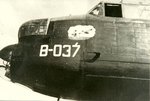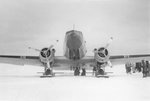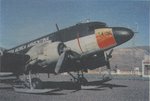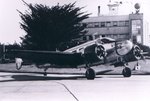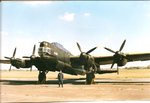CharlesBronson
Senior Master Sergeant
Yes, I know, but this thread is about the Air Forces, and I prefered to put them all under the same title. In any case if you have seen the text translation I usually remark it. By the way, I have tried to find information about the Argentinian Air Force, but it is being quite difficult. It seems the Air Force was created later than the Navy Air Arm. First time I see this....
Okay ill help you a bit with the old AAF.
More on the FMA A.E MB 1 and 2 light bomber/bomber trainer, 1935. This aircraft had 2 x 7,65mm Madsen and a 11,35 mm as defensive armament and 500 kg bombs.




Last edited:







